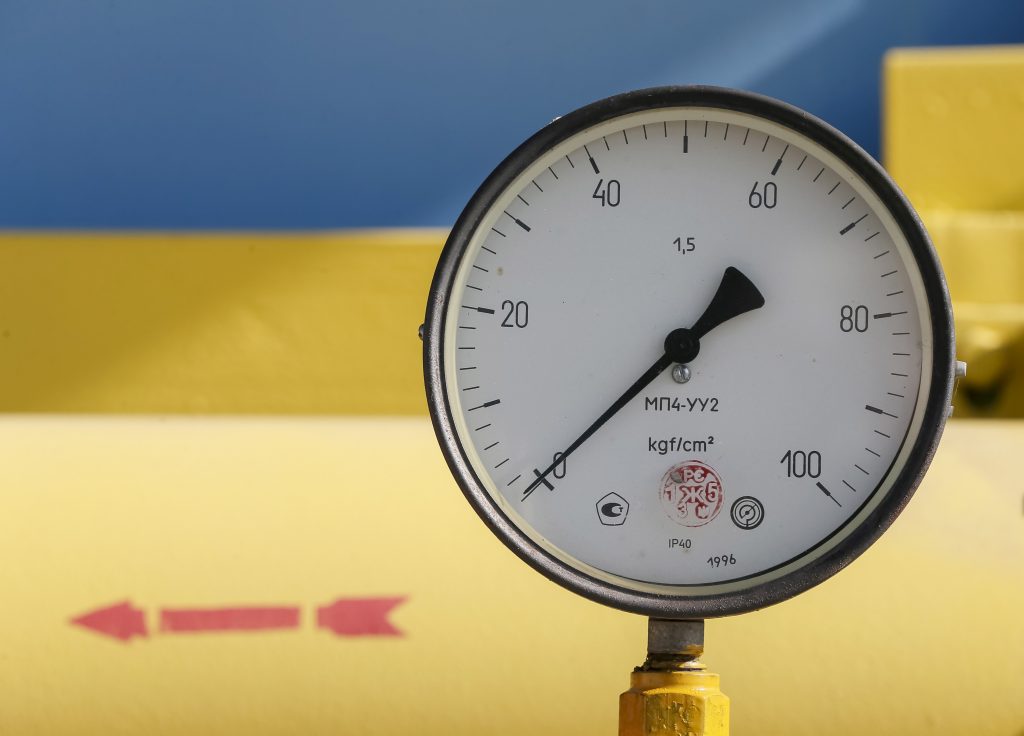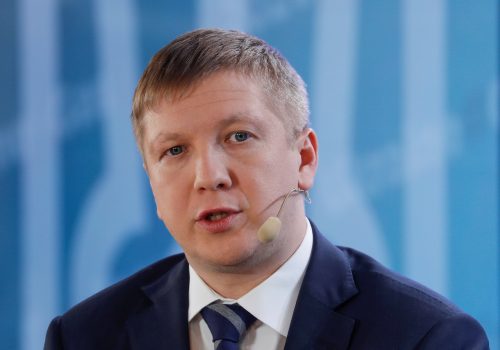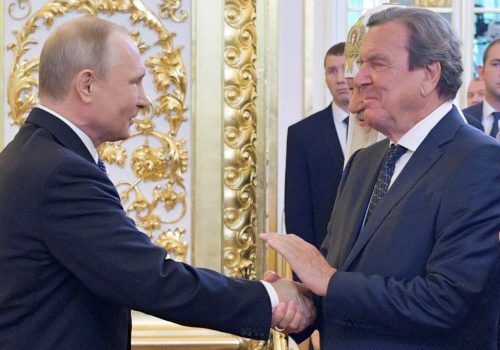American tech guru Alan Kay famously stated that the best way to predict the future is to invent it. This is the kind of thinking required to revamp entire energy ecosystems. In Ukraine, we have been debating the country’s energy future ever since independence. There has never been any shortage of ideas. Instead, Ukraine has lacked consistency of vision and continuity of implementation.
It takes many years, if not decades, for a nation to achieve a truly systemic transformation of energy policy. The key to success is not billions of dollars or technological prowess, but a shared vision within the political community. When this vision exists, successive administrations are able to build on the work of their predecessors rather than starting anew after every change in government.
For the US, this vision was energy independence. For Norway, it was all about preventing the country’s energy riches from becoming a “resource curse,” while for Poland, the goal was ending reliance on Russian gas.
In Ukraine’s case, the most appealing vision would involve inextricably fusing the country’s energy infrastructure with the wider European system. This would allow both parties to benefit from a range of complimentary features which are especially self-evident in the natural gas sector.
There are three gas-related objectives in particular that I would highlight for Ukraine: regulatory harmonization and deeper infrastructural interconnectivity with our EU neighbors; continuity of international transit; and transition towards decarbonized gas production and transportation using existing infrastructure.
Stay updated
As the world watches the Russian invasion of Ukraine unfold, UkraineAlert delivers the best Atlantic Council expert insight and analysis on Ukraine twice a week directly to your inbox.
The gas queues of the 1970s, which were triggered by an OPEC embargo on oil exports, have remained imprinted on America’s collective imagination and have helped fuel the country’s drive for energy independence. It may have taken nearly five decades, but according to the IEA, the US surpassed Russia as the world’s largest natural gas producer in 2011, and overtook Saudi Arabia seven years later to become the largest petroleum producer.
Much of America’s success has been attributed to the fracking revolution. But this technological breakthrough did not occur in a vacuum. The ambitious goal of energy independence has guided several generations of US politicians. It has encouraged them to fund research, stimulate domestic production, and keep international trade routes open to guarantee supply stability and market competitiveness.
Norway faced the altogether different energy challenge of converting the energy bonanza of 1970s gas discoveries into a source of national wealth rather than ruin. The Scandinavian country gets top marks for the way it has fended off a potential resource curse.
Formerly known as a fishing-based economy in the backwaters of Europe, Norway is now among the world’s top three richest countries. The government doesn’t squander earnings from gas exports. Instead, revenue is collected in a sovereign wealth fund that serves to guarantee a prosperous future for all Norwegians, and a stabilization fund that shields the country’s energy sector from commodity cycle volatility. Valued at over a trillion US dollars, this is the largest such fund in the world.
Despite supplying a quarter of the EU’s gas imports, Norway is second only to Iceland in its use of renewable energy (78% and 75% respectively). Energy consumption per capita in energy-rich Norway continues to decline year after year.
Much closer to home, Poland’s example is perhaps the most pertinent for Ukraine. The two neighboring countries have considerable first-hand experience of the Kremlin’s attempts to weaponize energy supplies. As Russian military aggression against Ukraine escalated in April 2014, Polish PM Donald Tusk summed up the view from Warsaw. “Regardless of how the standoff over Ukraine develops, one lesson is clear: excessive dependence on Russian energy makes Europe weak,” he noted.
Russia has cut off gas supplies to Ukraine more than once in the past, leaving a lasting impression on the numerous EU countries that were also affected. This vulnerability had far-reaching political and national security implications which Poland, quite rightfully, resolved to address.
In 2015, the first Polish LNG terminal was inaugurated in Świnoujście, with plenty of space for further expansion. Another terminal is planned near Gdansk. Crucially, the twenty-year-old idea of a direct connection to access Norwegian gas is now coming to fruition.
Poland’s Secretary of State for energy infrastructure, Piotr Naimski, recently summed up the country’s progress. “The construction of a gas pipeline from Norwegian fields to Poland is in its final stages. This complements the implementation of the strategy for diversification of gas supply sources and directions. On 1 October 2022, gas will flow from the Norwegian shelf to Poland.”
Eurasia Center events

The examples of Poland, Norway, and the US unequivocally demonstrate what can be achieved when clarity of vision is matched by consistency of implementation. In Ukraine’s case, the ever-shifting geopolitics of the country’s gas policies has consistently undermined efforts to establish long-term strategies.
It is clear that today, our highest priority should be the preservation of gas transit through Ukraine. This is a pillar of our national security. Ukraine cannot afford to lose transit at a time when we are faced with a major Russian military buildup on the country’s borders.
We must seek to increase domestic production of natural gas, as the US has done, while lowering the carbon intensity of our economy as per the Norwegian example. In combination, such measures could turn Ukraine into a gas exporter. However, we must also take a number of constraining factors into account such as time, investment capital, and technology transfer issues.
In the immediate future, we should seek to accelerate regulatory harmonization and infrastructural interconnectivity with Ukraine’s European neighbors in order to achieve higher security of gas supplies, which comes with the diversification of transit routes. Poland has demonstrated the way forward in this regard. Given the size of Ukraine’s energy market and the country’s unmatched gas storage capacities, closer integration would be a win-win for the EU as well as Ukraine.
The next step is to leverage Ukraine’s unique advantages such as existing energy infrastructure, nuclear power, wind, solar, and other renewables in order to become a European leader in the field of decarbonized gases.
Energy transformation in Ukraine is possible. To make this vision a reality, we must first define it and commit to consistent implementation, election cycles notwithstanding.
Olga Bielkova is director of government and international affairs at Ukraine’s gas transportation system operator GTSOU and a former member of the Ukrainian parliament (2012-2020).
Further reading
The views expressed in UkraineAlert are solely those of the authors and do not necessarily reflect the views of the Atlantic Council, its staff, or its supporters.

The Eurasia Center’s mission is to enhance transatlantic cooperation in promoting stability, democratic values and prosperity in Eurasia, from Eastern Europe and Turkey in the West to the Caucasus, Russia and Central Asia in the East.
Follow us on social media
and support our work
Image: A pressure gauge at an underground gas storage facility in the village of Mryn north of Kyiv. (REUTERS/Gleb Garanich)




